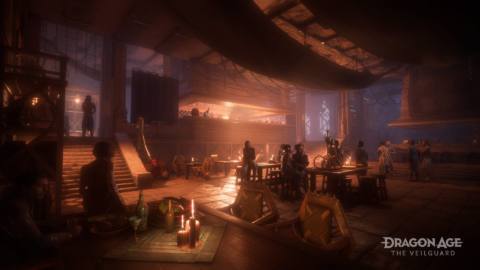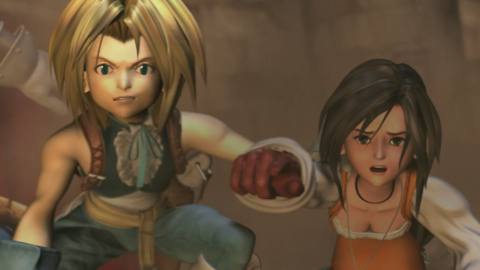
Twenty years is an obscene amount of time for Morrowind to have existed. Rude, frankly. For it to still be so eminently playable, for its influence to still be so acutely felt on modern games after two decades – which may as well be two centuries in a medium so entangled with technological advancement – is nothing short of astounding.
As much time has passed between us and Morrowind’s release as had passed between it and the launch of the Commodore 64 in 1982. Back then, the big RPGs were Ultima and Wizardry. Hugely influential in their own right, they set the standard for role-playing games as computerised versions of their tabletop equivalents. Arcane stat sheets. Numerous, baffling game screens with confusing user interfaces. And, for those with the patience, utterly enchanting; vast worlds to explore, full of little towns to mooch around in and characters to converse with and/or rob.
But relatively few people had the patience for cRPGs, and so it remained for years. Their popularity would grow through the 80s and 90s, of course, as the promise of ever more interesting worlds to explore encouraged people to learn the systems they needed to learn in order to be granted access to them. Compared to, say, platformers or shooters, RPGs have always had a time-to-fluency disadvantage. The fundamentals of Mario or DOOM are intuitive – anyone in 2002 who knew which way to hold a controller could enjoy those games with zero instruction. Sit them in front of Ultima II’s character creation screen, however, and they’d simply ask to be excused from this hypothetical, thank you very much. I’m sorry, but what the fuck is INT? And how’s it different from WIS?





